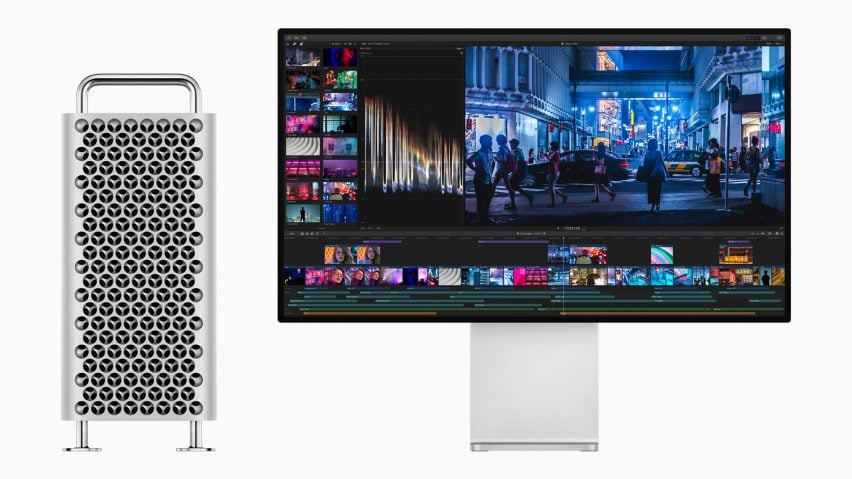
Owen Hopkins takes a look back at 35 years of the Apple Mac, from the Macintosh 512k to the recently launched Mac Pro.
The Mac Pro will be Apple’s most powerful desktop, and the last major product launched while Jony Ive – who was responsible for so many of the company’s iconic designs – was design lead.
This January marked the 35th anniversary of Mac’s launch and since that time are few product lines that have the Mac’s longevity, or which have been reinvented so many times.
Out of the many of the Macs that Apple has created since 1984, Hopkins has chosen the ones that has advanced both the platform and home computing the most.
“Rarely are these the most powerful Macs of their day; instead, they are the ones that changed how we see or use a Mac, that pushed the platform forward in different ways,” Hopkins told Dezeen.
“This means there are some surprising omissions and some equally surprising inclusions. Yet all contributed to what the Mac is today.”
Read on for Hopkins’ pick of the best Macs:
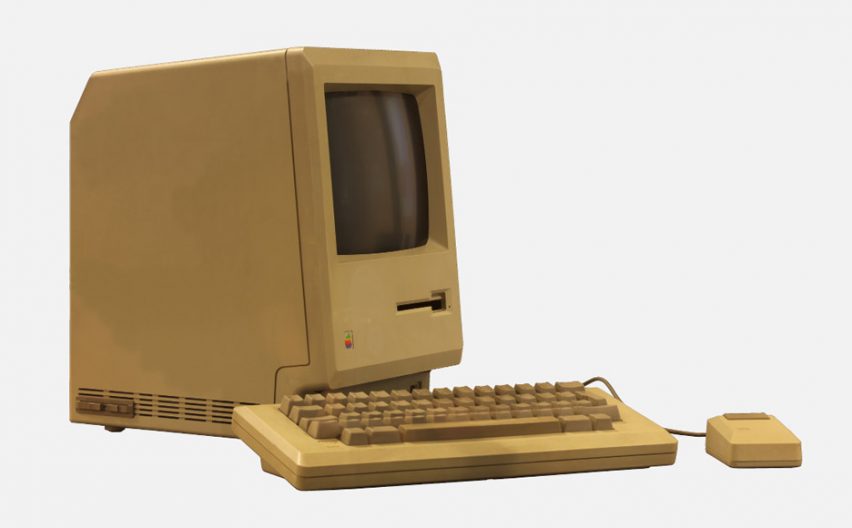
Macintosh 512k, September 1984
“The unveiling of the Mac in 1984 was the greatest product launch in history. Steve Jobs removed the diminutive Mac from its bag, dramatically took a boot disk from his inside jacket pocket, started it up and let the Mac take over.
“A demo showing off its capabilities, including writing the words “insanely great”, was accompanied by Chariots of Fire playing in the background. Then almost unbelievably it started talking – a voice synthesiser was unheard of in a home computer.
“The fanfare, the launch and the famous Big Brother ad directed by Ridley Scott, which ran in the 1984 Super Bowl got the Mac off to a roaring start. However, sales quickly started flagging. The reason: the Mac’s $2,500 price point, and slow performance.
“While it was a huge technical leap, the team had skimped on some of the specs to keep the price down, notably its RAM. Even in 1984, 128k wasn’t enough to do serious work, especially when it had to help run the Mac’s fancy graphical interface.
“So the original Mac doesn’t make the list, but the updated version with four times the RAM, which came out in September 1984, does. This was the Mac the original Mac should have been.”
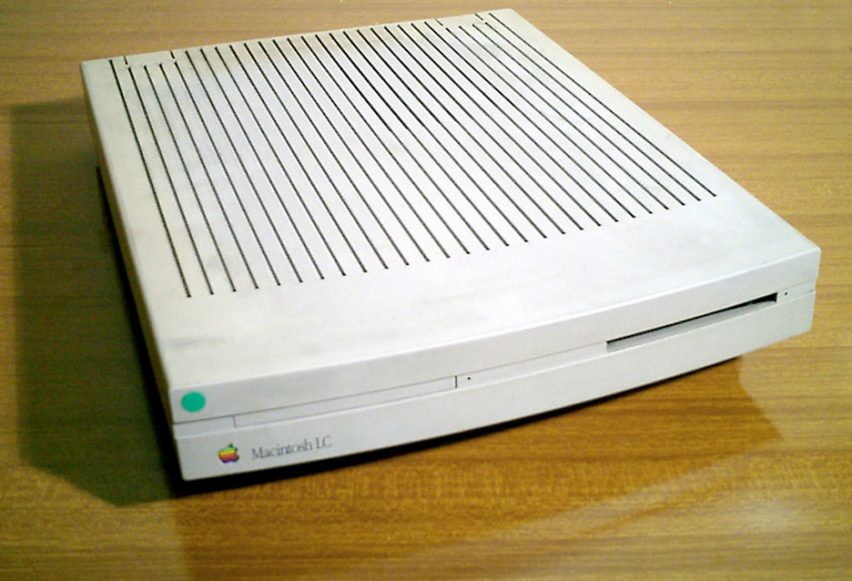
Macintosh LC, October 1990
“This was the first Mac I used. The LC was conceived as a Mac that would be affordable for schools. LC apparently stood for low-cost colour, and my school, like so many others, had a classroom full of them.
“Technically it wasn’t great as Apple cut a number of corners to keep the cost low. But it did have an expansion slot, which could take a card that allowed the LC to run software made for the Apple II, which was a big plus for schools in the US where the Apple II was widely used.
“But the thing I remember most about it, was how friendly it was. Back then computers still seemed scarily complicated. But not the LC with its distinctive pizza box case and matching 12 inch monitor – in colour! This was the first computer where I didn’t need to worry when I was using it.”
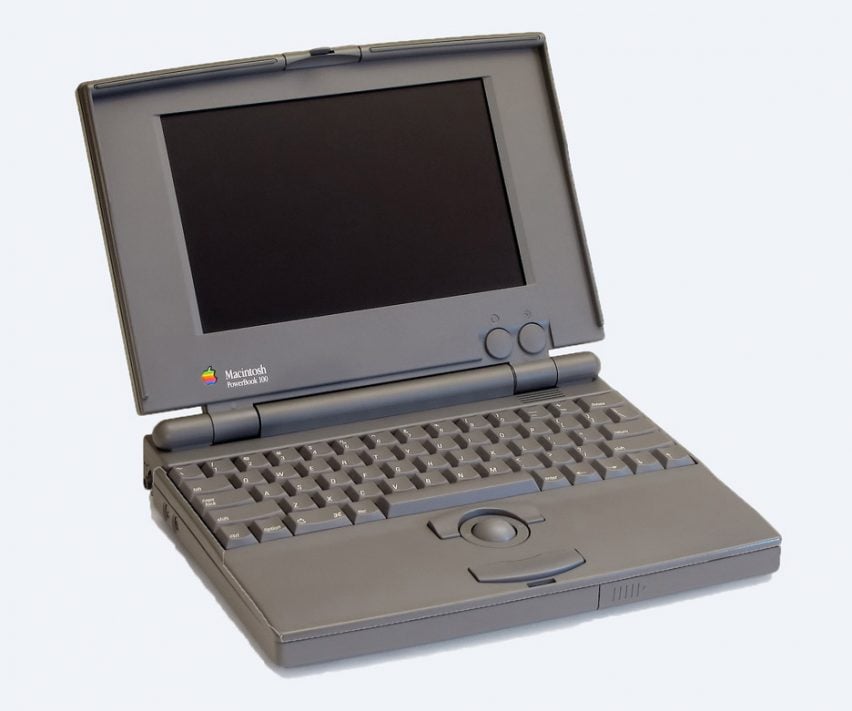
PowerBook 100, October 1991
“The PowerBook 100 was the first laptop computer that bears comparison to those today. Although there were portable computers before, the PowerBook established the laptop paradigm of the clamshell design with keyboard placed up against hinge, a centrally placed trackball below and palm rests either side.
“Although underpowered compared to the Powerbooks 140 and 170 released at the same time, lacking an internal floppy disk drive and sporting a dull, passive matrix screen, the PowerBook 100’s more compact design puts it on this list as a great Mac, and one that still sets the standard nearly three decades later.”
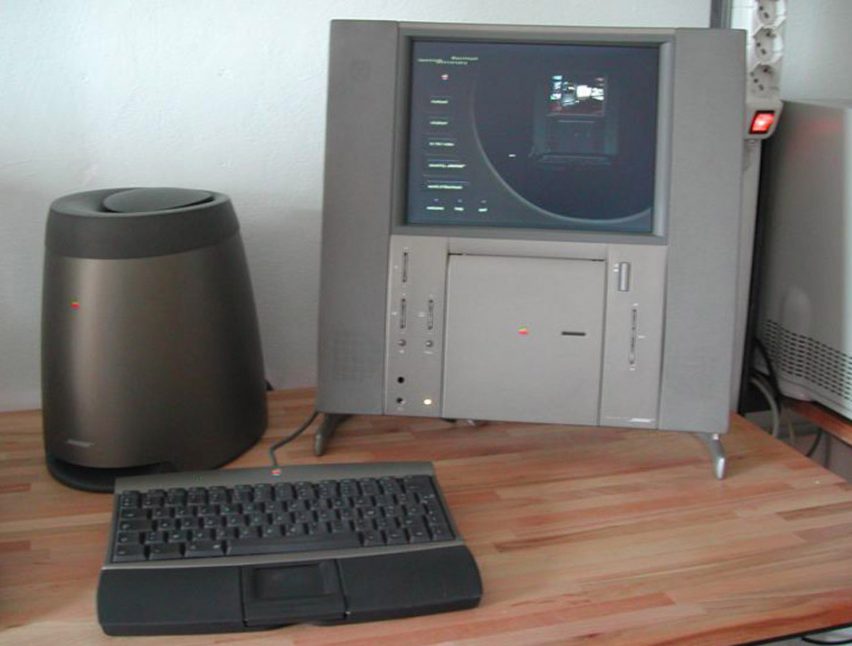
Twentieth Anniversary Macintosh, March 1997
“Steve Jobs apparently hated this Mac. To his eyes it represented all that was wrong with Apple when he returned to the company as interim CEO in July 1997. The mid-1990s were dark times for Apple as Windows 95 eroded its usability advantage and plans for a successor to the ageing Mac OS floundered.
“The Twentieth Anniversary Macintosh (TAM) was conceived not only to mark the founding of the company by Jobs and Steve Wozniak 20 years before, but, as Jony Ivedescribed in a video produced at the time, as a radical reimagining of the future of the personal computer.
“In many ways the TAM succeeded. Harking back to the original Macintosh, it was an all-in-one design with the internals integrated with the 12.1 inch LCD screen, a vertically mounted CD drive below and fabric covered speakers either side.
“An external base unit contained both the power supply and subwoofer and the keyboard came with integrated trackpad flanked by leather palm rests. In a bizarre move, the initial colossally high price of $9,000 apparently included the TAM being delivered to your house by a tuxedoed concierge riding in a limousine.
“For some, the TAM is a contender for the worst ever Mac – a classic example of fiddling while the company burned – yet the lineage to today’s iMac is hard to ignore. While it sold poorly it showed the creativity of Apple’s design team, which under the leadership of Ive would ultimately save the company.”
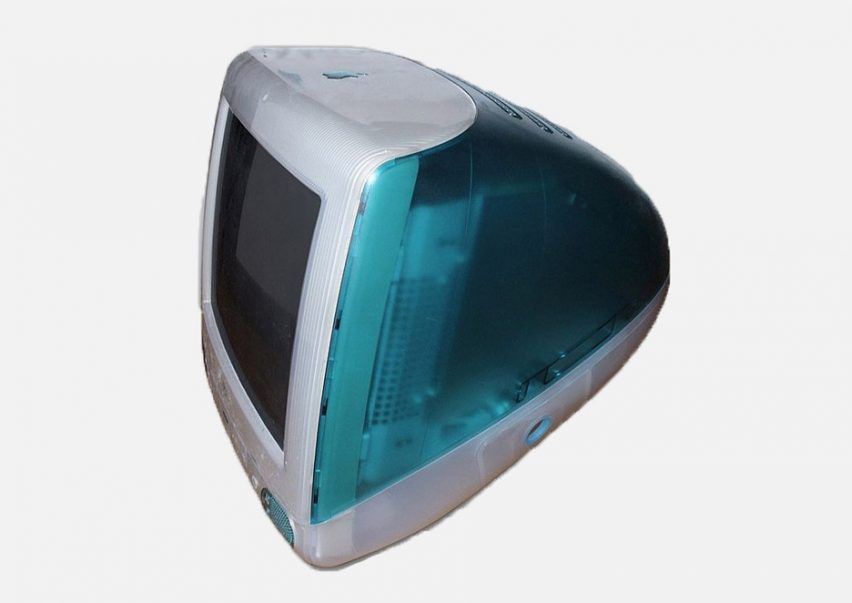
iMac, August 1998
“How could this list not include the original iMac? It was Ive’s masterpiece and the Mac that saved Apple. For a while, everything from irons to portable radios seemed to be riffing off the iMac’s colourful translucent plastic. Apple was relevant again.
“In some ways, however, the iMac repeated an old formula: middle of the range specs inside a beautifully designed and memorable case. However, there were some differences with the iMac.
“Firstly, it included a fast G3 processor, so it could compete with the best of the Windows world. Secondly. Apple ditched the legacy connectors in favour of USB. And, thirdly, it contained no floppy drive – the first Mac to lack one. Although criticised at the time, these moves proved highly prescient. With the iMac, Apple showed the future was already here.”
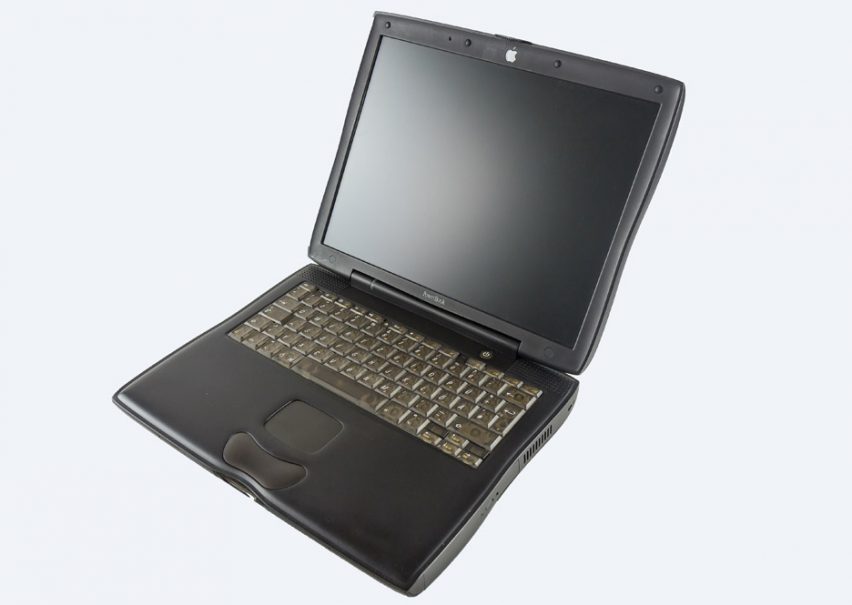
PowerBook G3 “Pismo”, February 2000
“I used two of these back in the day, and it’s probably the Mac I feel most nostalgic about. The first PowerBook G3 arrived in March 1998 just before the iMac (we’ll discount the one from November 1997 on account of it really being a 3400c with a G3 processor).
“Most PC laptops at this time were thick, boxy and not a little bit clunky. The PowerBook G3 was something else: a light, compact and sleekly curving design. It was beautiful but also serious.
“It’s hard to choose which was the best of a line that ran until January 2001. The Wallstreet II, launched in August 1998, was the last Mac to use Apple’s rainbow logo, which has to mean something. But I would choose the last model, the Pismo, for it’s refined design, modern connects, spaceship power brick, and for being the first PowerBook to support Wi-Fi.”
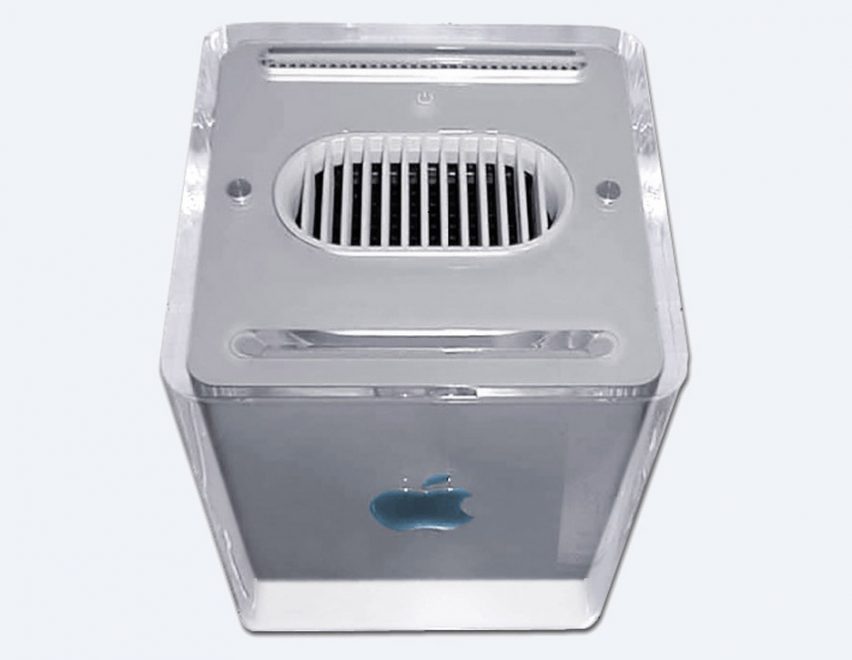
Power Mac G4 Cube, July 2000
“Again, another contender, like the TAM, also for worst Mac ever. The Cube, as it became known, was underpowered and overpriced. It sold badly and lasted for little over a year in Apple’s product line before being axed.
“Yet looking back, the Cube stands apart as a distillation of everything a Mac should be: tightly integrated with no extraneous parts, fanless (a particular obsession of Steve Jobs) and so beautiful it resembles more a work of art than a tool for getting things done (apparently MoMA has one its collection).
“For Jobs it also clearly stood as a synthesis of the Mac and the NeXTcube, the computer created by NeXT, the company Jobs had founded after he left Apple in 1985. Although it didn’t last long, the Cube has a direct descendent in the much cheaper Mac mini.”
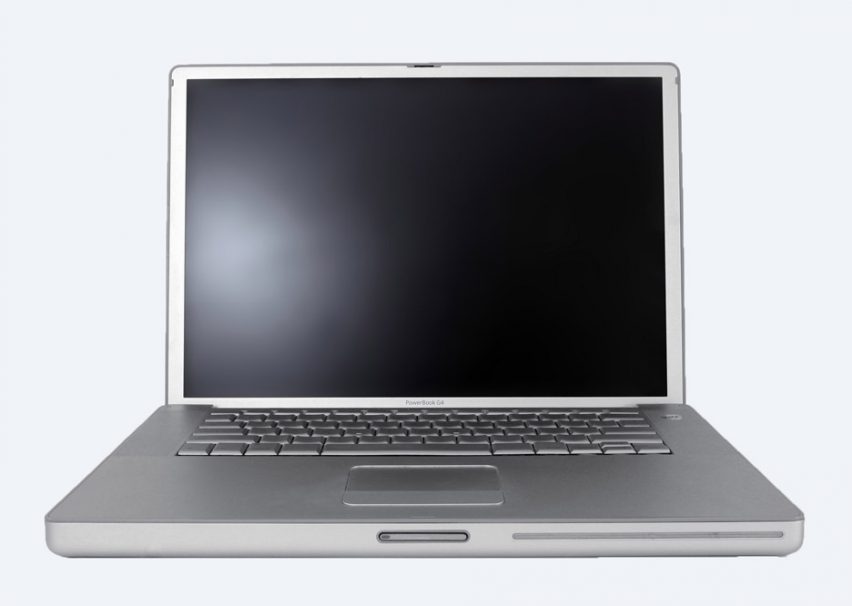
PowerBook G4 12 inch, January 2003
“Probably the best-loved of all pre-MacBook laptops, the 12 inch PowerBook G4 still has a special place in many users’ hearts and commands something of a premium on eBay.
“It was the first laptop where one didn’t need to compromise between power and portability. It was fast, comparable to a desktop, and while seeming super thick now, was small and light enough to throw into a bag on the way out of the house.
“What made it special was that it never felt like the shrunken version of a bigger laptop, rather a computer that had its own particular identity. It was tightly integrated, everything you need, but nothing more, robust yet approachable. Ever since it was cancelled in May 2006, users have been crying out of its return.”
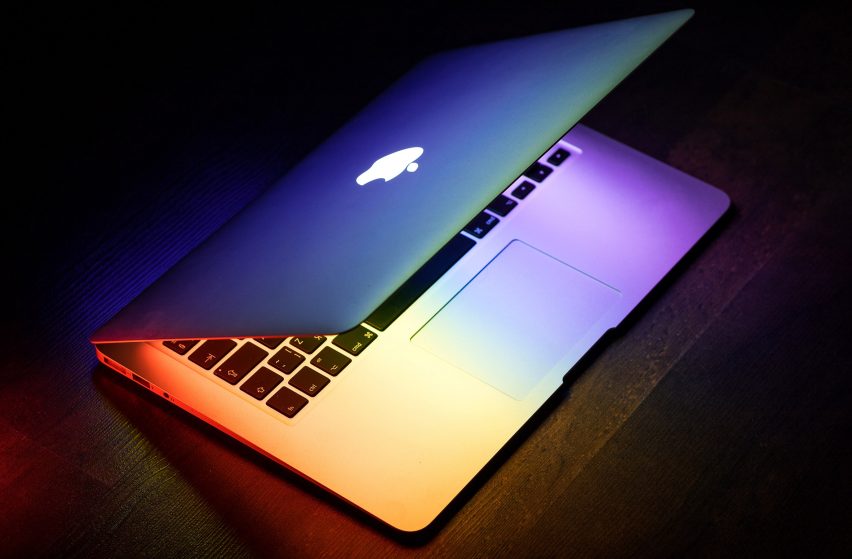
Original MacBook Air, January 2008
“‘There’s something in the air’, Steve Jobs said mischievously at the end of the January 2008 Macworld keynote. Even for someone known for his flair and love of the dramatic at product launches, there was little that topped the moment Jobs removed the MacBook Air from a Manila envelope to gasps and cheers from the audience.
“Once again Apple had redefined the laptop, this time as super-thin and super pared-back, with only the minimum connectors and no DVD drive. Its influence has been profound, not only setting the direction for the Apple’s own laptops, but becoming the reference point for the whole laptop category.
“Laptops as we know them today wouldn’t be the way they are without the MacBook Air.”

Mac Pro, Autumn 2019
“Unusually for Apple we have known this was in the works since 2017 when they called together a few select journalists to announce that they were ‘completely rethinking the Mac Pro’. This was good news to many at the time. The ‘trashcan’ Mac Pro hadn’t been updated since 2013 and many were wondering if Apple was still serious about creating a pro machine.
“Two years later the wait looks like it has been worth it. The new Mac Pro combined with Pro Display XDR does not disappoint: hugely powerful, massively expandable and in a case that just screams performance. It is a a fitting send-off for Ive.
“While its inclusion on this list is perhaps a little premature, this may very turn out to be the ultimate Mac. Meanwhile, the emphasis that Apple placed on the Mac more generally during the recent keynote suggests the Mac is now back at the forefront of company’s mind and we can expect some further great things over the next few years.”
[“source=dezeen”]


